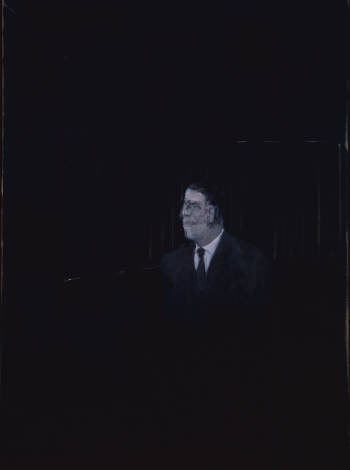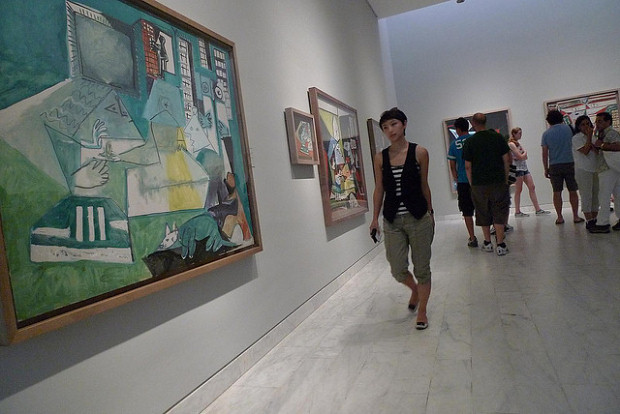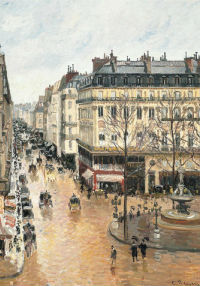http://www.hermitagemuseum.org/
21 декабря 2013 - 16 февраля 2014
Выставочными экспонатами стали около тридцати бронзовых скульптур, сделанных по моделям великого импрессиониста.
Все представленные на выставке скульптуры были сделаны Эдггаром Дега уже в конце своей жизни, когда слепнувший художник обратился к пластике и выполнил несколько фигур из воска. Большинство его скульптурных работ не экспонировались при жизни, ведь сделанные Дега фигурки были найдены в мастерской уже после его смерти. По пластическим произведениям художника были сделаны формы, позволившие отлить бронзовые скульптуры.
Лепкой небольших фигур из воска Дега заинтересовался вынужденно, по причине быстрой потери зрения, но тематика его скульптур всегда была тесно связана с темами картин великого художника. Он умел находить для своих танцовщиков, жокеев, балерин и животных уникальные позы, которые передавали грациозность пластики движения. Дега никогда не делал металлических и каменных скульптур, всегда работая только с мягкими материалами. И только после его смерти, найденные в мастерской художника скульптуры из глины и воска, были отлиты в бронзе, благодаря чему стали доступны для всеобщего обозрения.
В экспозицию в Главном Штабе вошли около тридцати скульптур, которые, по мнению организаторов выставки, являются самыми интересными.
21 декабря 2013 - 16 февраля 2014
Выставочными экспонатами стали около тридцати бронзовых скульптур, сделанных по моделям великого импрессиониста.
Все представленные на выставке скульптуры были сделаны Эдггаром Дега уже в конце своей жизни, когда слепнувший художник обратился к пластике и выполнил несколько фигур из воска. Большинство его скульптурных работ не экспонировались при жизни, ведь сделанные Дега фигурки были найдены в мастерской уже после его смерти. По пластическим произведениям художника были сделаны формы, позволившие отлить бронзовые скульптуры.
Лепкой небольших фигур из воска Дега заинтересовался вынужденно, по причине быстрой потери зрения, но тематика его скульптур всегда была тесно связана с темами картин великого художника. Он умел находить для своих танцовщиков, жокеев, балерин и животных уникальные позы, которые передавали грациозность пластики движения. Дега никогда не делал металлических и каменных скульптур, всегда работая только с мягкими материалами. И только после его смерти, найденные в мастерской художника скульптуры из глины и воска, были отлиты в бронзе, благодаря чему стали доступны для всеобщего обозрения.
В экспозицию в Главном Штабе вошли около тридцати скульптур, которые, по мнению организаторов выставки, являются самыми интересными.















































